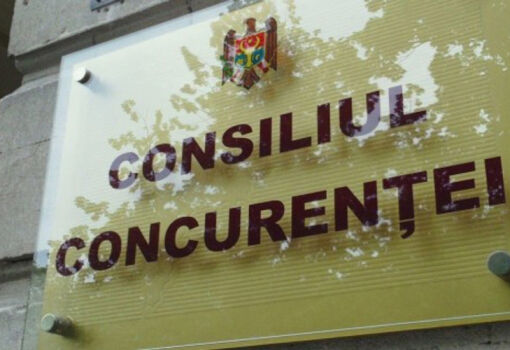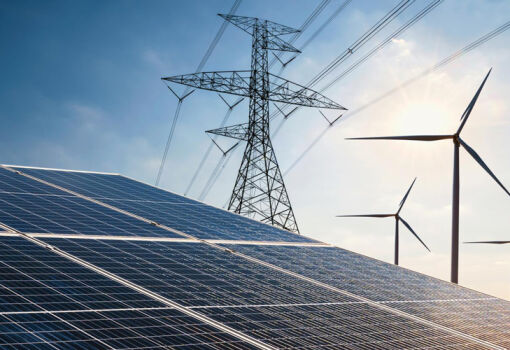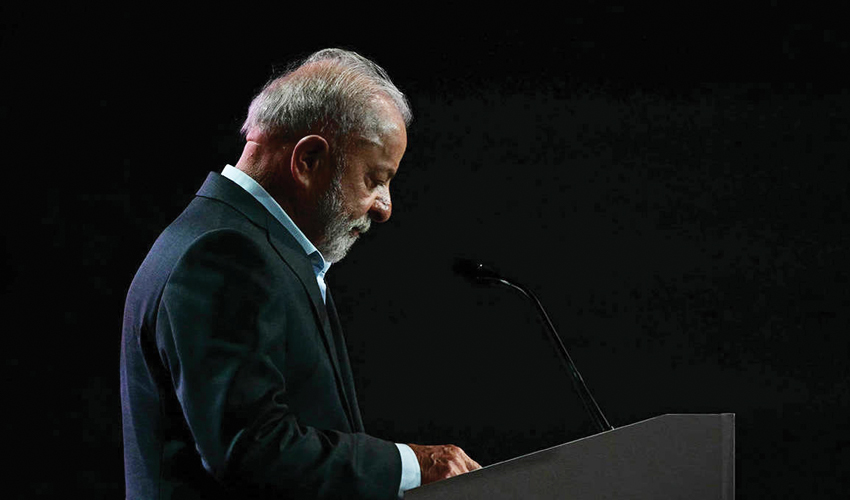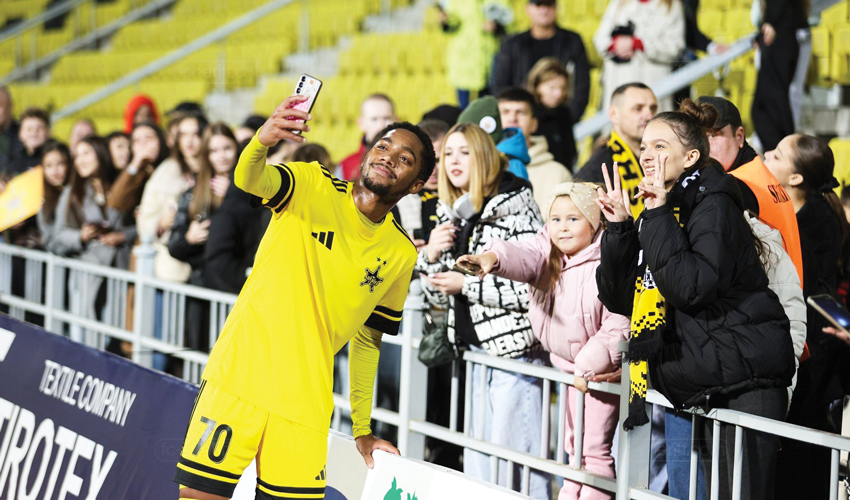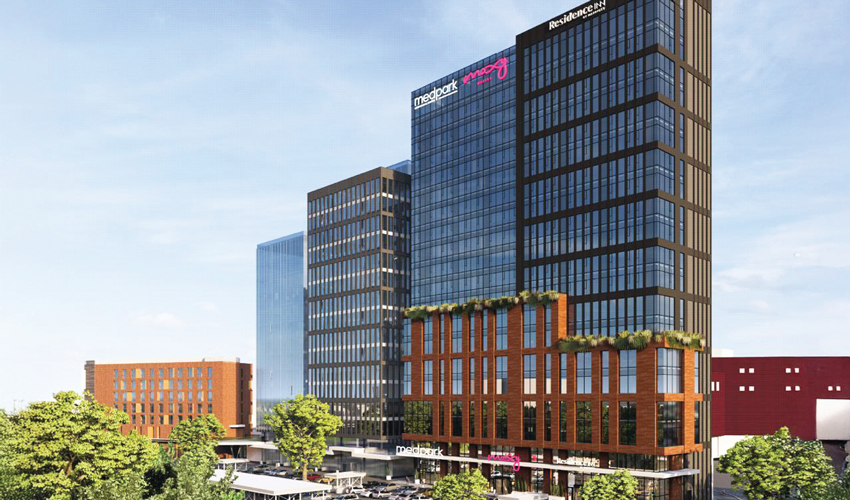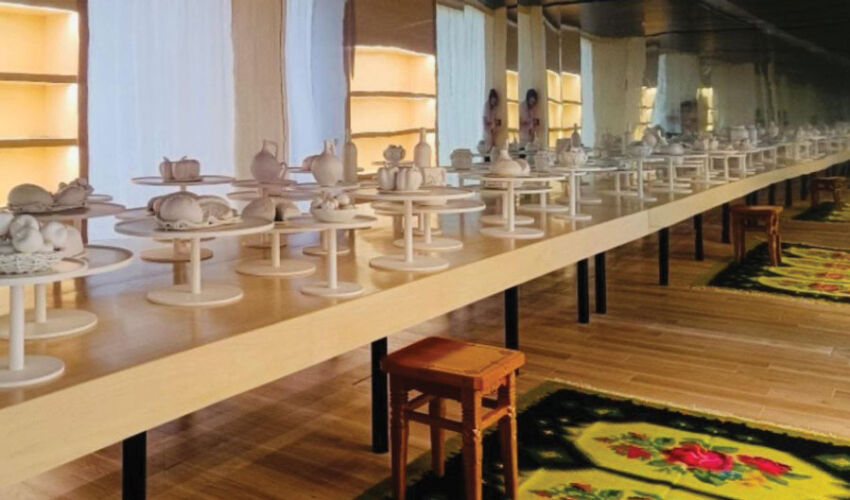
The Ministry of Economy also added oil to the fire, which reported that during two months the Moldovan stand was visited by 135 thousand people, so “from the point of view of international visibility, Moldova’s participation can be considered successful”.
It should be reminded that Osaka-2025 exhibition is held from April 13 to October 13 under the motto “Designing the future society for our lives”. Therefore, the participants use the platform for technological demonstrations and a way to tell the world about themselves.
For example, the US is focusing on space and AI in its pavilion, with simulations of rocket launches over the heads of visitors. China is showcasing environmental technologies and samples of lunar soil delivered by the Chang’e-5 and Chang’e-6 missions. The UAE is building its exhibit around sand dunes, South Korea is emphasizing holograms, and India is presenting Ayurveda combined with modern solar panels. Overall, the Osaka Expo is all about flying cars, transparent solar panels, Martian rocks, extravagant buildings of the future and exciting shows.
The fairgrounds cost $1.5 billion to build and were constructed on the artificial island of Yumeshima in Osaka Bay according to the master plan by Sou Fujimoto Architects.
The exhibition is expected to be visited by 28 million people, and entrance tickets are priced from 25 to 42 euros.
Moldova has been granted preferential treatment for participation (as at the Dubai World Expo). In particular, Moldovan Ambassador to Japan Dmitri Sokolan signed an agreement with the Japanese side that a pavilion of 80 square meters for the Moldovan exposition is provided free of charge. However, the expenses for design, equipment and logistics were fully covered by the state. They were estimated at 6 million lei, of which 80 thousand lei is the cost of the contract for the development and realization of the concept of the country’s presentation at Osaka-2025.
Moldexpo IEC was appointed responsible for the whole organization. At the same time, it is obliged to monitor the work of the organizing committee.
After the launch of the exposition, alarming news from ordinary visitors started to come soon enough: few people understood the Moldovan stand in Japan. And especially – domestic creatives who visit the Japanese exhibition for the sake of professional interest.
In this context, Logos Press asked Nicu Covalenco, the former deputy director of the Creative Industries Association COR, who not only understands the topic, but also often visits Japan and knows the local mentality.
In his opinion, our exposition lacks the main thing – communication, innovativeness and cultural adaptation of the project.
“Instead of thoughtful solutions, the stand is dominated by jugs, virtual carpets, wine bottles and national costumes,” Niku Kovalenko notes. – All this looks like a set of symbols with no technological or modern value for the Japanese audience. Moldova should have presented high-tech products such as IT solutions, concept design, services for video games and audiovisual projects. Instead, an unadapted product presented in English, with the Japanese having extremely poor English skills. This makes communication impossible without translation and empathy for the host culture. My travel experience has shown that only simultaneous interpretation from a native speaker or a specialist can ensure quality interaction. As an example – Elena Jovu, an employee from the wine industry, who speaks fluent Japanese and has helped in negotiations more than once. Without such specialists, it will be extremely difficult to promote Moldovan initiatives in Japan”.
Moreover, the exhibition takes place during a season of extreme heat and humidity in Japan, which also casts doubts on the effectiveness of holding the Day of Moldova at the end of August. There is a great risk that few people will come there.
The specialist noted that the current organizational system is closed, considering that it is necessary to have a more transparent participation in order to promote real talents and independent experts. In our country, the same companies “create” for the state, and without competition there is no progress.
“It is very important for us to cooperate with Japanese companies, so we need a long-term strategy: regular participation in events, building an image of the country as an IT hub with low taxation and a cultural partner. Moldova can become an entry point to Europe for Japanese companies. And this should be done systematically, relying on strong points – geopolitical flexibility, talented youth, IT-Park, visual art, multiplatform services. Otherwise, participation in international exhibitions will be reduced to a formal presence with jugs and carpets”.
Moldova has previously participated in similar world exhibitions. Thus, participation in the event in Shanghai in 2010 cost 5.7 million lei ($650,000 – technical assistance). The country spent 45 million lei on the Milan exhibition in 2015, but then Moldova undertook the construction of a separate pavilion, which took most of the money.
At the same time, in 2020 in Dubai, Moldova spent 7 million lei out of the planned 10 million lei. These funds went to the realization of the concept, equipping the pavilion, purchase of equipment, development of information panels, protocol needs andpresentations….
At that time, the UAE allocated $1.15 million to Moldova to provide the architectural design of the pavilion, travel expenses, rent and installation of the pavilion, partial provision of accommodation, etc. The UAE also allocated $1.15 million to Moldova.








